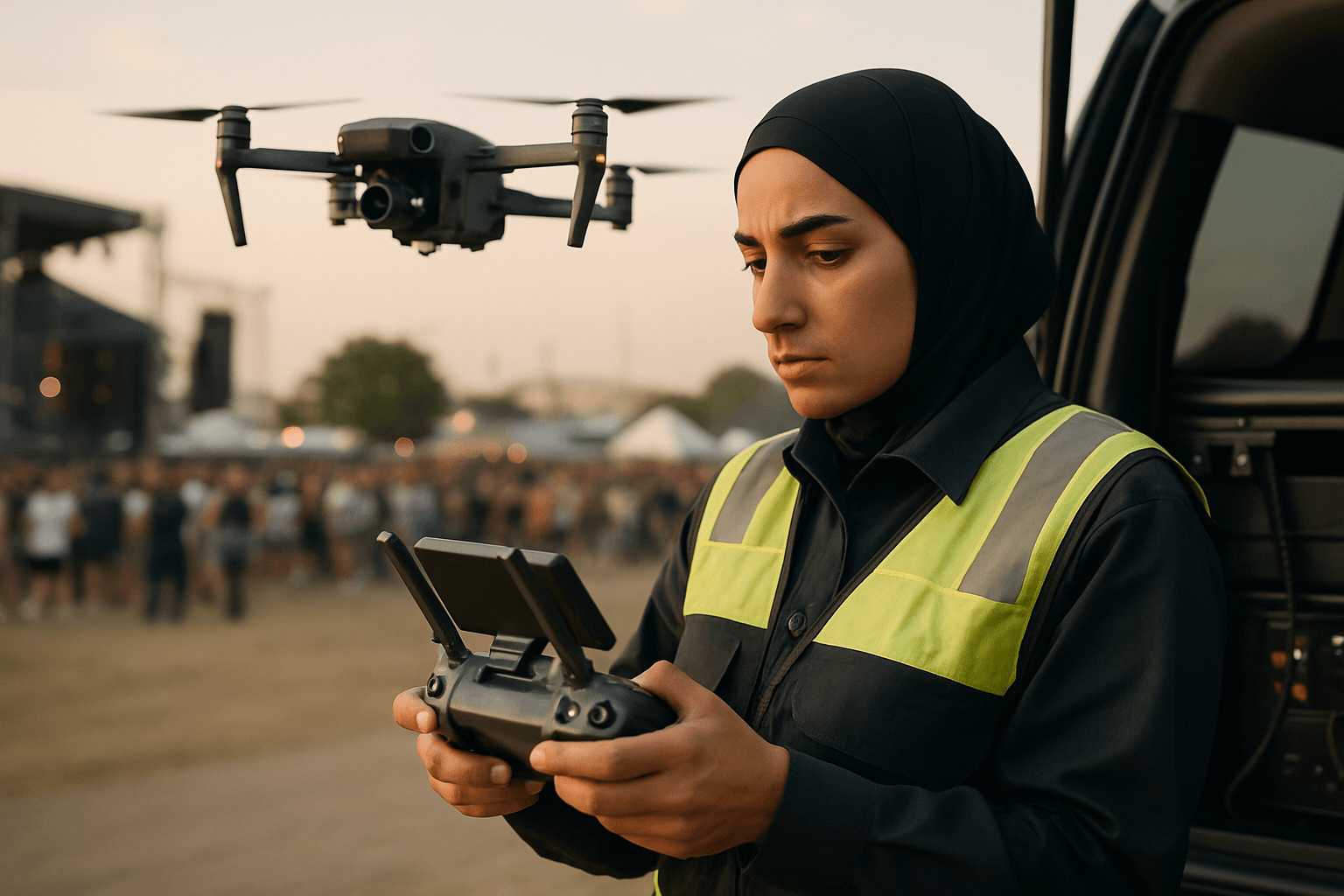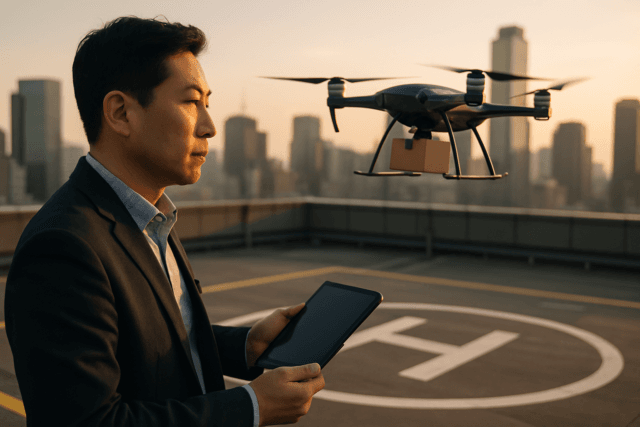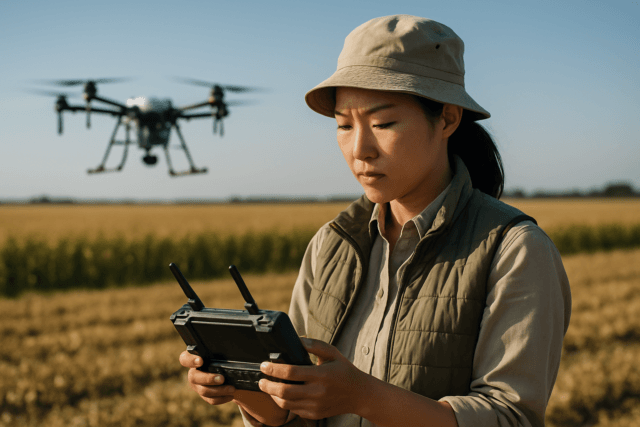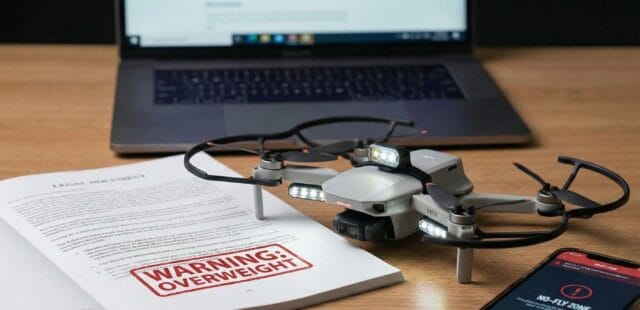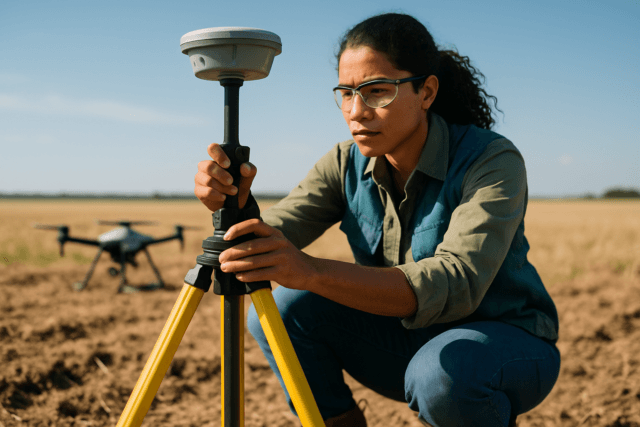Ensuring the safety and smooth operation of large public gatherings—from concerts and festivals to sporting events and parades—presents a formidable challenge for security professionals. Traditional security measures, while essential, often struggle with the sheer scale and dynamic nature of crowds, leading to blind spots and delayed responses. Enter unmanned aerial vehicles (UAVs), commonly known as drones, which are rapidly transforming the landscape of event security monitoring. By offering an unparalleled aerial perspective and real-time data, drones provide innovative solutions for enhancing public safety and managing complex event environments.
Why Drones are Indispensable for Modern Event Security
The integration of drones into event security protocols offers a multitude of benefits, addressing critical challenges faced by organizers and security teams.
Enhanced Situational Awareness and Aerial Surveillance
Drones provide a bird’s-eye view of an entire event venue and its surroundings, overcoming the limitations of ground-based cameras and personnel. This comprehensive perspective allows security teams to monitor vast areas efficiently, identify potential threats, and gain superior situational awareness. High-definition cameras on drones capture detailed images and videos, enabling security to spot unusual behavior, crowd congestion, or security breaches before they escalate.
Real-time Monitoring and Rapid Response Capabilities
One of the most significant advantages of using drones for event security is their ability to provide real-time monitoring. Equipped with advanced sensors, including night vision and thermal imaging, drones can offer comprehensive coverage day and night, allowing security personnel to detect heat signatures and capture clear footage even in low-light conditions. This real-time data is transmitted to command centers, facilitating faster decision-making and enabling security teams and first responders to react quickly to incidents like crowd disturbances or suspicious activities.
Mastering Crowd Control and Traffic Management
Managing large crowds is a daunting task, but drones offer innovative solutions. They can hover over crowds, providing real-time data on density and movement patterns. This information helps security teams make informed decisions on how to manage the flow of people, prevent overcrowding, and ensure emergency exits remain unobstructed. Drones can also broadcast audio messages to guide attendees or direct them to exits. Beyond the event footprint, drones assist in traffic management by monitoring roads and parking areas, ensuring smooth ingress and egress, and quickly responding to traffic incidents.
Bolstering Perimeter Security
Perimeter security is crucial for event safety. Drones can patrol designated areas, detecting any unauthorized attempts to enter restricted zones or identifying suspicious packages or activities along the event’s boundary. This continuous, real-time surveillance significantly enhances perimeter integrity.
Types of Drones and Essential Features for Security
Various types of drones are suited for event security, each offering specific advantages:
Multi-rotor Drones
These are the most common and versatile drones for surveillance. Their ability to hover in place, maneuver easily, and take off vertically makes them ideal for detailed inspections and monitoring specific areas at events.
Fixed-wing Hybrid VTOL Drones
Combining the long-range and flight time of fixed-wing UAVs with the vertical takeoff and landing capabilities of multi-rotors, these drones are suitable for covering larger areas over extended durations, though they can be more complex and costly.
Specialized Payloads and Sensor Integration
Security drones are equipped with an array of advanced technologies:
- High-Resolution and 4K/6K Cameras: For crystal-clear visual monitoring.
- Thermal Imaging and Night Vision: Essential for effective surveillance in low-light conditions, detecting heat signatures through darkness or smoke.
- Loudspeakers: For broadcasting messages to crowds or guiding attendees.
- AI-Powered Analytics: Modern drones can leverage AI for object detection, autonomous navigation, and identifying irregularities in crowd behavior or suspicious activities, alerting security personnel in real-time.
Operational Considerations and Best Practices
Effective drone deployment for event security requires careful planning and adherence to best practices.
Pre-event Planning and Mapping
Drones can be used for proactive security planning by providing precise, high-resolution maps of event sites. This helps identify vulnerabilities and optimize the placement of security checkpoints. Detailed aerial mapping before an event can also inform crowd control strategies.
Integration with Existing Security Systems
Drones work best when integrated with traditional security measures. Live video feeds and real-time data from drones can be relayed to central command centers, improving coordination among security personnel and event organizers.
Personnel Training
Operating drones for public safety requires skilled and certified pilots. Training ensures safe operation, effective data capture, and compliance with regulations.
Regulatory Landscape and Privacy Concerns
While the benefits are clear, deploying drones for event security also involves navigating a complex regulatory landscape and addressing significant privacy concerns.
Federal and Local Regulations
Drone laws vary by country, state, and even local municipalities. Federal Aviation Administration (FAA) regulations in the US require registration and a Remote Pilot Certificate for commercial drone use. Many jurisdictions have specific rules regarding drone flights near public events, critical infrastructure, or in populous areas. Some laws restrict drones from flying over large gatherings or within certain distances of people. Event organizers must obtain necessary permits and waivers for drone operations.
Addressing Privacy Concerns
The use of drones for surveillance, especially at public events, raises privacy concerns regarding the capture of images and videos of individuals without their consent. It is crucial for security teams to implement robust data protection and encryption technologies to safeguard captured footage. Transparency about drone usage, clear policies on data retention, and adherence to legal frameworks are vital to mitigate these concerns and maintain public trust. Public acceptance is generally higher when drones are used for specific missions rather than continuous, pervasive surveillance.
Counter-Drone Technologies
The increasing use of drones also brings the risk of malicious actors employing them for nefarious purposes, such as illegal surveillance, smuggling contraband, or deploying dangerous payloads. To counter these threats, anti-drone technologies like jammers (which disrupt communication systems) and anti-drone guns (which disable drones with focused energy) are being developed and deployed to create “no-fly zones” and neutralize unauthorized drone threats. Drone detection software can also identify and track unauthorized drones and their pilots in real-time.
The Future of Drone Deployment in Event Security
As drone technology continues to evolve, its role in event security is expected to expand further. Advancements in artificial intelligence, longer battery life, and improved communication systems (such as 5G and satellite connectivity) will enhance their capabilities. The integration of real-time IoT sensor data and Geographic Information Systems (GIS) will provide even more sophisticated monitoring and analysis.
Drones are no longer just futuristic gadgets; they are powerful, versatile tools that significantly enhance public safety and operational efficiency at events. By embracing these unmanned aerial vehicles responsibly and strategically, event organizers can create safer, more secure environments for all attendees.

